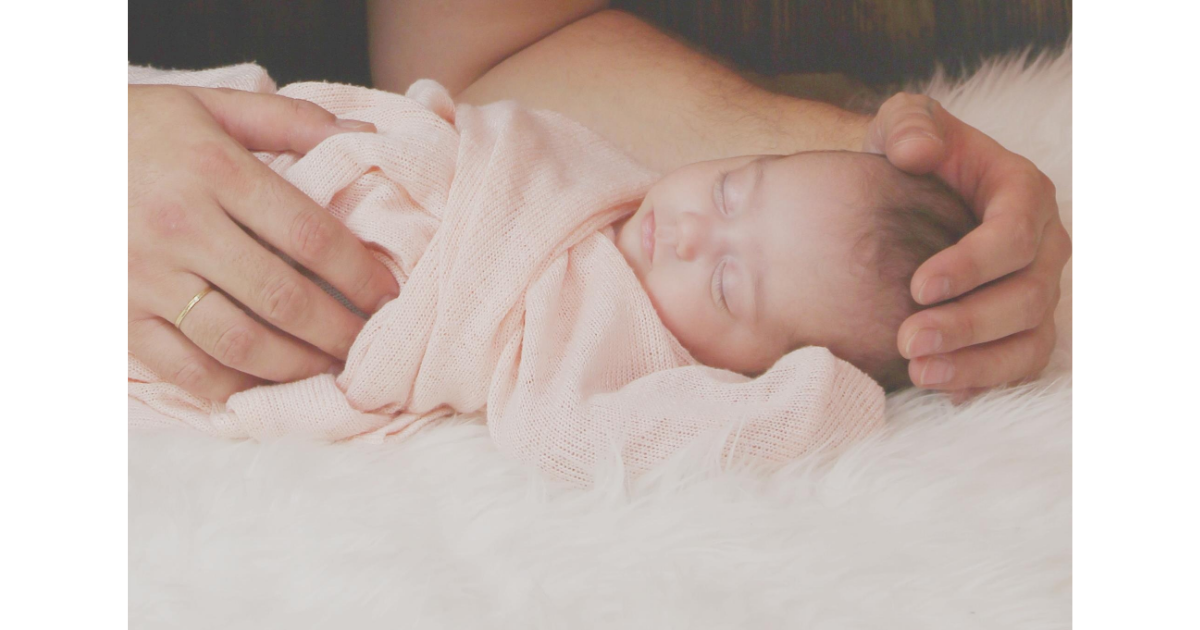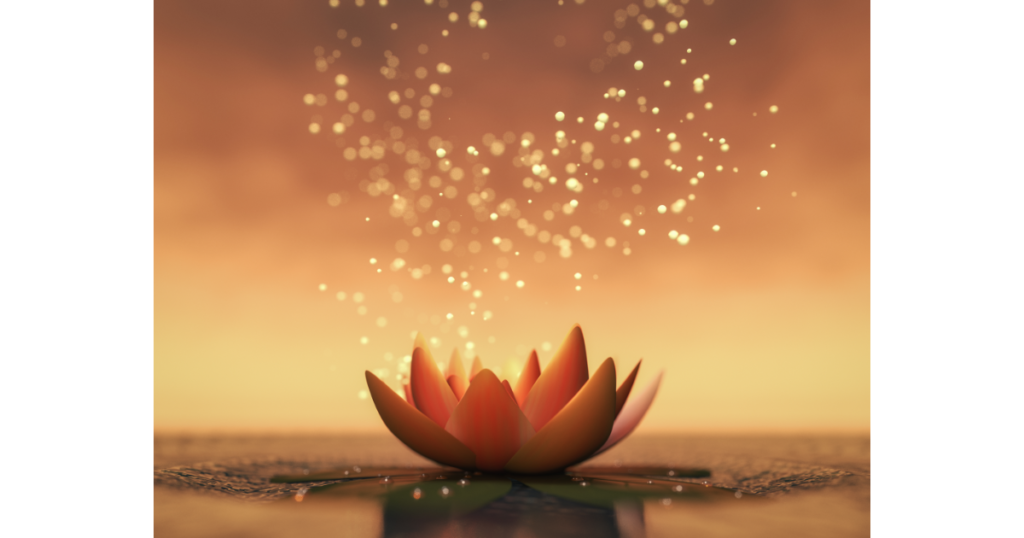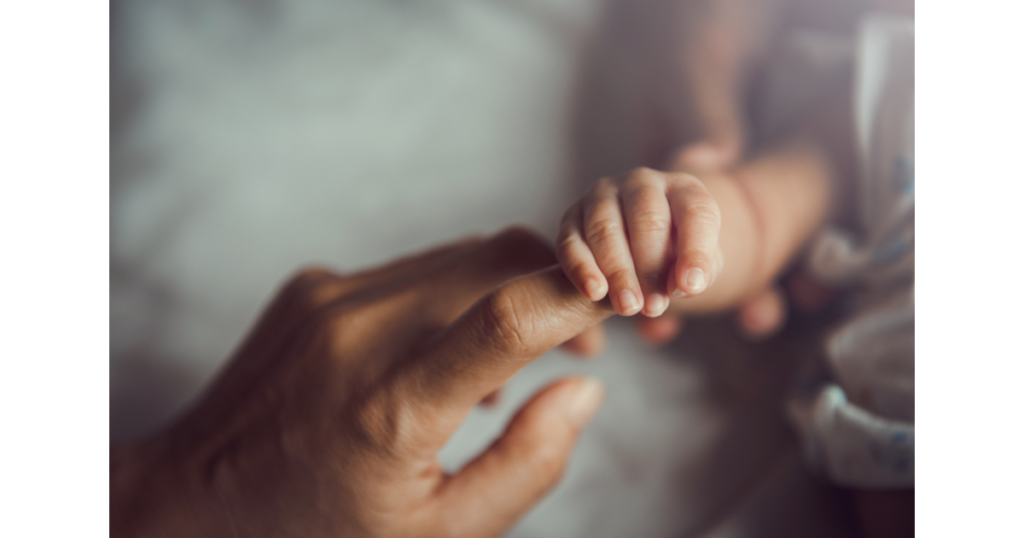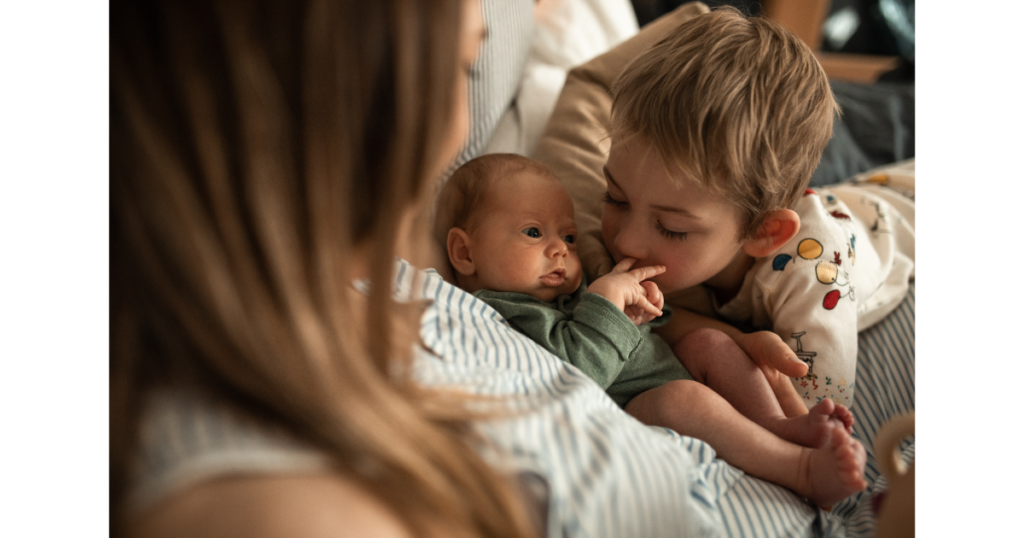Evaluating Cord Pulsation

I was familiar with Lotus Birth as a way adopted in the field of alternative medicine. So one month before the birth of our third daughter, my wife and I, having already gone through two Caesarian births, decided to seriously explore the possibility of Lotus Birth with our third child.
Elisa’s birth had been ‘programmed’ through Caesarian intervention on 12 January 2011, at the La Spezia Hospital. The fact that ‘programming a delivery’ appeared so far removed from nature strengthened our choice of a Lotus Birth even more.
My duty in the operating room consisted in managing the placenta, due to the absence of staff dedicated to such duties at the hospital. After the delivery and the afterbirth discharge of the placenta, what struck me most was the evaluation of the cord pulsation by the neonatologist.
About three minutes after the placenta was removed from the uterus, she pinched the cord between her fingers and said: ‘There is no more pulsation…’ Her words recalled a modern medical culture that does not see the necessity of leaving the cord attached to the newborn once it ceases its pulsation. In some cases, the cord is severed even before it stops pulsating. This is especially true when gathering stem cells.
Once my wife, daughter and I reached our room and found ourselves in a more private environment compared to the operating room, I wanted to evaluate the placenta myself. I wanted to check if the pulsation had completely stopped, although I did not want to limit myself to checking the arterial pulsation. My aim was to investigate what we osteopaths call Cranial Rhythmic Impulse (CRI).
CRI is a ‘pulse’ that you learn to measure manually at osteopathic training. It has a slower rhythm than the arterial respiratory rhythm, and its frequency is around 8–12 oscillations per minute. It is possible to discern it in all tissues of the living body. All body frequencies must be harmonised to maintain life – heart rate, CRI, and probably others less easy to perceive.
After checking my daughter’s CRI, I tried checking its presence in the placenta, which by now was showing no arterial pulsation signs. To my great bewilderment, the CRI was present and was identical both in its frequency, amplitude and strength to the child’s CRI. It was as if the infant’s body and the placenta were one unit, partaking in the same ‘breathing exercise’.
I continued evaluating the CRI over the following days. On the second day, the rhythm in the placenta had diminished, showing less amplitude and strength compared to that of the infant. Such decrease gradually continued, and by day four I was not able to detect any presence of CRI in the placenta. It was as if the vitality was slowly leaving the infant–placenta unit, a unit which for nine months had kept her dependent on her mother, had nourished her, and then in those four days had transferred itself slowly and completely into the infant’s body.
Because there was discomfort caused by little tractions at the umbilical level, unavoidable during nursing, diaper changing and taking care of the infant, I started debating whether it was worth keeping the umbilical cord and placenta attached to the infant, or whether it would be preferable to completely remove the already mummified cord. The neonatologist had been ready to cut the cord three minutes after birth. An osteopath would have been ready to do so after four days.
Then it occurred to me that there might be a parameter we were not yet able to evaluate, and which in the future will show that exchanges between the newborn and its placenta continue happening until their complete and natural break. With this in mind, my wife and I decided to wait until Mother Nature would complete its task undisturbed, and until the cord would detach independently of human intervention.
The above was my own personal experience as a father and as an osteopath. This experience of course was not completely unbiased. Therefore I invite other osteopaths to observe and evaluate what happens at a Lotus Birth. I invite them to record a series of observed cases and extract useful information from those cases, which will eventually lead us to a better understanding of life. We should not place any boundaries around the concept of life but always seek to further our knowledge about it.
Experiences such as Lotus Birth remind us of the many unknowns surrounding the birth of a new life, and how futile it would be trying to give explanations based on results that are poorly and insufficiently investigated.
All in all, I am an enthusiast of the experience of Lotus Birth. I would repeat it in the event of having another child, as I wholeheartedly recommend it to others. I am confident that such an experience will in the future attract more and more parents, who will realise that babies may be successfully born in a natural way and without medical intervention, provided the baby’s and mother’s health and/or life are not being jeopardised.
Having had this experience I can only say that Lotus Birth is a great choice for childbirth. It is also useful to compensate in situations like ours where we were constrained to anticipating the arrival of our newborn (I include here natural pre-term births) as it allows the infant a more gradual detachment from the source of nutrition, the placenta. This may make the ‘handover’ that may be associated with achieving self-sufficiency, such as cardio-pulmonary and gastro-enteric efficiency, less traumatic.
Also, it prolongs the union with the vestige of its natural life source, the placenta, which has, more than anything else, transmitted to the child all those vital impulses for the past nine months, synchronising in so many ways all those many frequencies that are necessary to maintain life.




